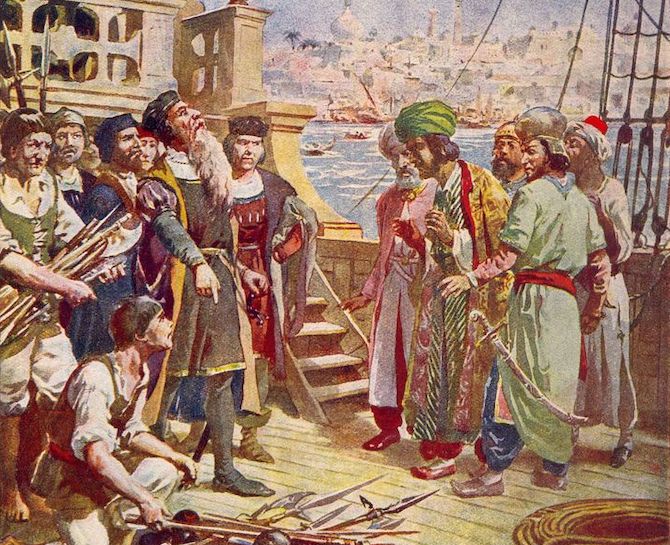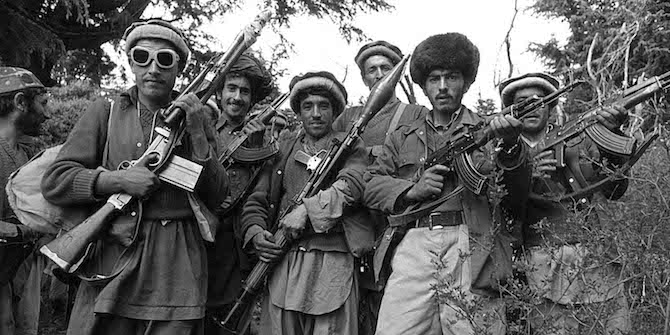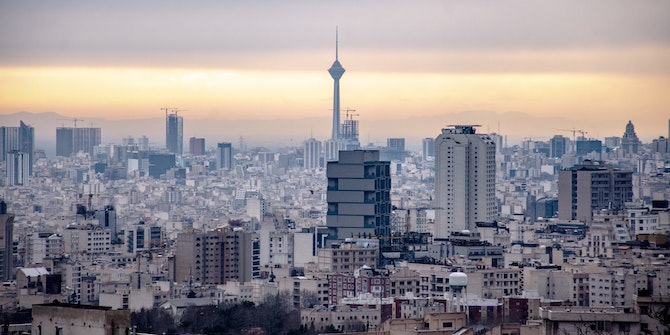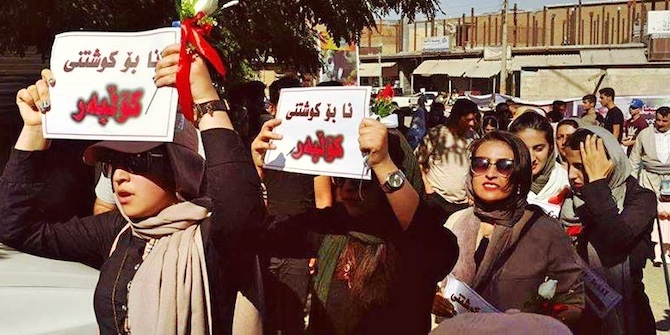by Ghoncheh Tazmini

For over one century, Portugal – today quietly perched in Europe’s westernmost corner – regulated what is now a vital shipping route linking Middle East oil producers to markets in Asia, Europe, North America and beyond. At the heart of regional tensions for decades, the Strait of Hormuz is one of the world’s key maritime chokepoints with almost a fifth of global oil consumption passing through the waterway.
Given its vital significance in delivering the world’s energy needs, this strategic maritime thoroughfare recently came into fresh focus; though not as the site of tanker seizures or the downing of drones. Discussion focussed on Portuguese contacts in the Strait of Hormuz, and its linkages with Safavid Iran and the diverse peoples intersecting the island of Hormuz in the 16th and 17th centuries.
Considering the Strait’s significance today, its connection to Portugal is an unexpected one. Indeed, the history of Portuguese exploration in the Persian Gulf in the early modern period is now almost forgotten. After a long incubation, this forgotten history was revived recently at the Torre do Tombo, the Portuguese National Archives in Lisbon where the Iranian Embassy organised a two-day seminar and exhibition of correspondence and literature marking five centuries of commercial and diplomatic relations between Iran and Portugal.
I have observed various 500-year anniversaries commemorating the onset of relations between Persia and Portugal. For instance, in 2007, there were celebrations marking 1507, when the ferocious and daring Portuguese naval commander, Afonso de Albuquerque, first set foot on Hormuz. During this expedition, poor discipline and morale amongst Albuquerque’s fleet forced him to abandon the island. Another anniversary was celebrated in 2015, marking 1515, when Albuquerque returned to the island and succeeded in establishing control over the kingdom of Hormuz, building a powerful fortress on the island, and maintaining a strong naval presence in the region for 107 years.
During these commemorative events, I sensed a great deal of uncertainty over the nature of this past. Were Luso-Persian relations cause for commemoration? Did the Portuguese come as traders of conquerors? These questions opened another channel of inquiry: did takeover of the island represent a dark episode of classical European imperialism or colonialism? Was occupation of the island the harbinger of a long unbroken chain of Western interference in Iran’s political destiny? By combing through some of the primary material at the national archives, I have aimed to develop a new and more nuanced meta-narrative of the Persian-Portuguese encounter in the early modern period.
The accounts penned by numerous travellers, poets, scriveners and merchants testify to the abundance and wealth of what was, in that era, the greatest emporium in the Persian Gulf. A nodal point in a network of Portuguese staging posts, Hormuz was singled out as a convenient sea trading route. The island would become part of a constellation of a wider maritime map, which would allow the Portuguese to achieve commercial dominance of intercontinental trade between Western Europe and the East. However, while historians have pointed to European dominance in some such relationships, there is plenty of evidence that the Portuguese acted in concert with the Hormuzians and the Safavids.
The Safavids, weakened by the Battle of Chaldiran against the Ottomans a year earlier, and lacking a navy accepted the Portuguese takeover as a fait accompli. However, in the treaty concluded between Shah Ismail and Albuquerque, the Portuguese were contracted to help the Shah recover the Bahrain islands and to enter into an alliance against the Ottomans and the Omani threat. The Safavids also requested armaments and artillery from the Portuguese, and on occasion requested the use of their shipping facilities. Thus, the Safavids were not simply victims of the Portuguese imperial project but active protagonists with specific geopolitical imperatives.
The Portuguese presence in Iran’s backyard was actually relatively confined. It was not determined by the colonial vision or the theological mission that guided the Portuguese, for example, in Goa where Portuguese colonial policies shaped and moulded the development of villages and settlements. The Portuguese adventure in Hormuz was all about supremacy of maritime routes, rather than colonial domination or racial subjugation.
Furthermore, the Portuguese takeover of Hormuz was not part of a grand colonial enterprise. If that had been the case, then the Portuguese would have had a heavier military presence on the island – the number of Portuguese soldiers and sailors never exceeded 500. The Portuguese never controlled the Persian Gulf aside from regulating and profiting from maritime traffic. They never used their naval and military power to penetrate the land-based principalities and states of the Middle East. The Portuguese did little to establish a permanent territorial presence or to establish communities of Portuguese settlers as they did elsewhere in Asia and the East Indies. The Portuguese did not build forts on the Safavid Persian coast aside from Hormuz, Qeshm and Bandar Abbas – a handful considering the 250 Portuguese outposts built around the world.
Tellingly, the Portuguese, who were leaders in mapping and cartography, showed little interest in producing accurate and up-to-date maps of inland Iran, suggesting that they did not have territorial ambitions. The evidence gleaned from the immensely rich and coherent corpus of primary sources in the Lisbon national archives, reveals that on the mainland, the Portuguese viceroys operated at the sufferance of the Safavid shah, as outsiders soliciting commercial rights, diplomatic concessions and permission to operate mission posts. There is no evidence that they had interest in establishing military presence or economic domination in the Iranian interior.
The Hormuzian geopolitical theatre reveals a history of engagement and exchange, woven into the tapestry of national policies and competing agendas of non-European and European powers and civilisations. Over of century of interaction – both good and bad – reveals the interconnectedness of two distant continents and two faraway allies. It heralds Portugal and Iran’s pioneering roles in establishing commercial, strategic and cross-cultural interaction, and a new transcontinental, transoceanic and transnational age of globalisation, which is surely grounds for commemoration today.







The Persian–Portuguese conflict took place from 1507 to 1622.
Nowadays, Iran and Portugal are together in the same war.
Both of them are fighting an invisible enemy, the coronavirus.
The Commanders are their doctors and nurses. The casualties, their unarmed peoples.